We may earn revenue from the products available on this page and participate in affiliate programs. Learn More ›
There are plenty of projects that handy DIYers can do without the help of a professional including painting, installing molding, and replacing light switches. There are other tasks that call for a licensed professional, especially jobs that involve plumbing, electric, and HVAC installations and repairs.
Improperly performed home improvements may cause injury, void warranties, compromise insurance claims, and complicate resales—and some are building code violations. In these instances, we recommend hiring a pro rather than risking your safety—or your home’s soundness—for the sake of saving a few dollars.
1. Switch Out a Cooktop
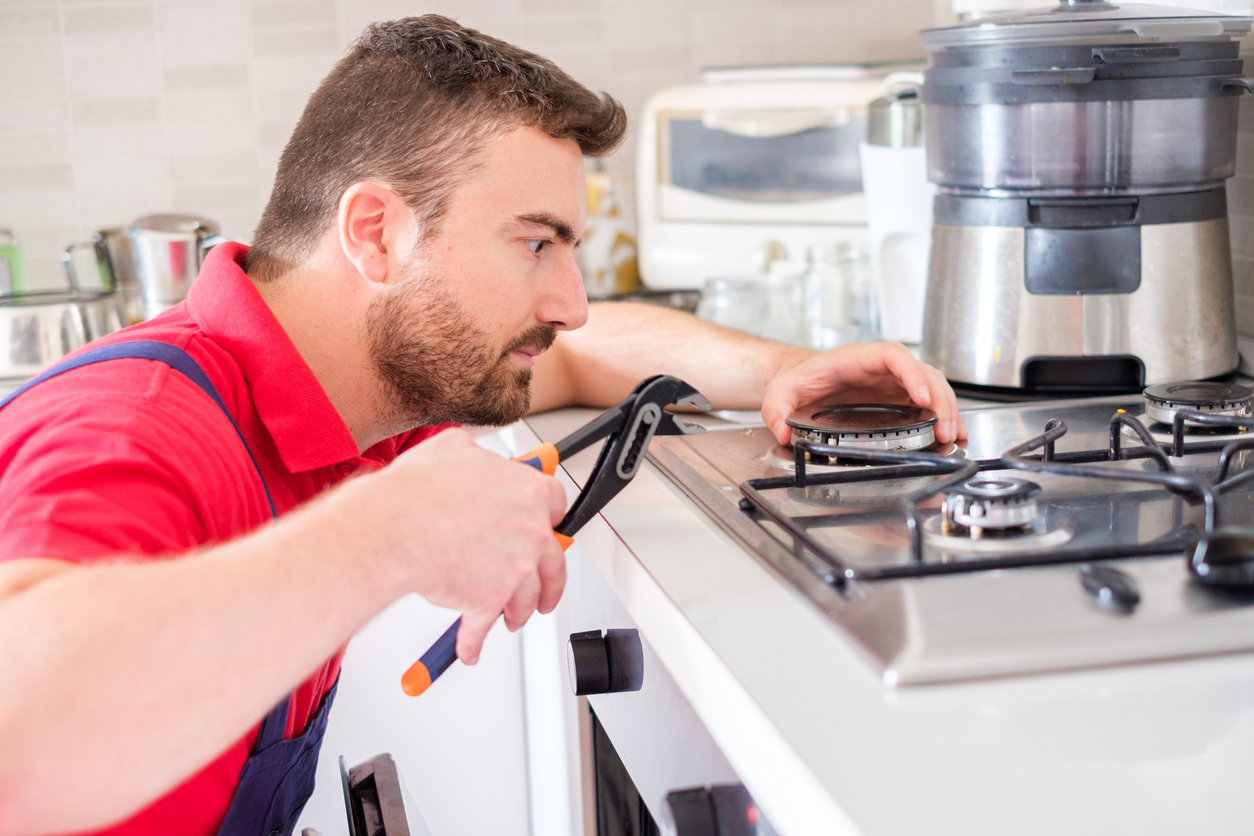
Are you thinking of switching from an electric range to a gas stove and installing the appliance yourself? Think again. This is a project for not just one, but two professionals who have to meet codes and inspect the finished product. A gas stove requires both electricity and gas to function properly, so hire a plumber to install the gas line and an electrician to modify the electrical circuit. Otherwise, this fairly easy conversion could have explosive consequences.
2. Disturb Old Insulation

If you own an older home, the attic insulation may contain toxic asbestos. While DIY asbestos removal is technically possible, it’s not recommended—and in some states, it’s illegal. There are numerous laws in place to regulate asbestos removal because of how dangerous disturbing its fibers can be to the health of those in close proximity. What’s the best course of action? Hire an asbestos abatement team.
3. Repair Your HVAC System
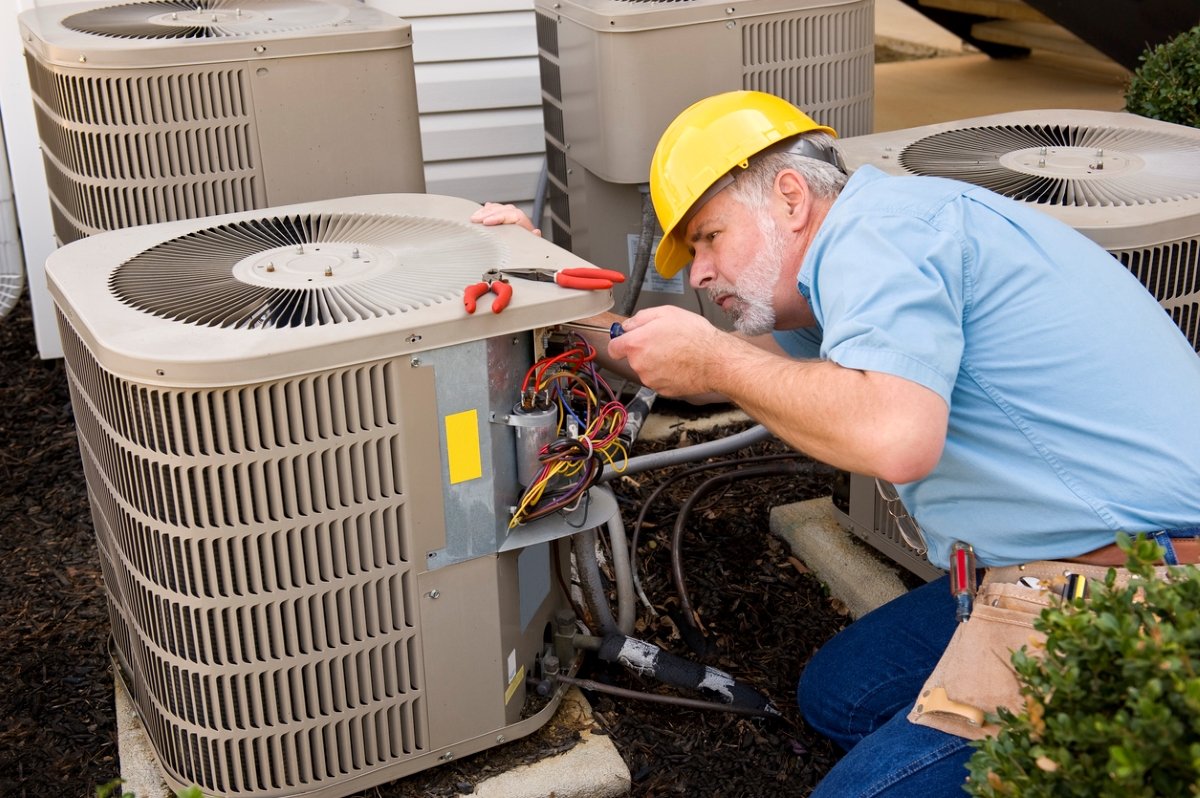
Repairing or replacing an HVAC system is risky. While it may be tempting to fix it yourself, it’s probably best if you don’t. Freon leaks are dangerous, and can cause dizziness, asphyxia, and other respiratory problems. Air conditioning and heating maintenance calls for a licensed professional who has undergone a rigorous training and certification process. Plus, a manufacturer may void your warranty if an unlicensed person worked on the system.
4. Replace a Hot Water Tank

While installing or replacing a water heater may seem like a DIY suited for the weekend warrior, grappling with 240 volts of electricity or fussing with gas lines, which could result in an explosive leak, is not a job for the inexperienced. Because of the permits, code adherences, safety regulations, and risks—like possible carbon monoxide emissions—a licensed plumber is the best candidate to take on this task.
RELATED: Buyer’s Guide: The Best Water Heater Brands
5. Pump the Septic System
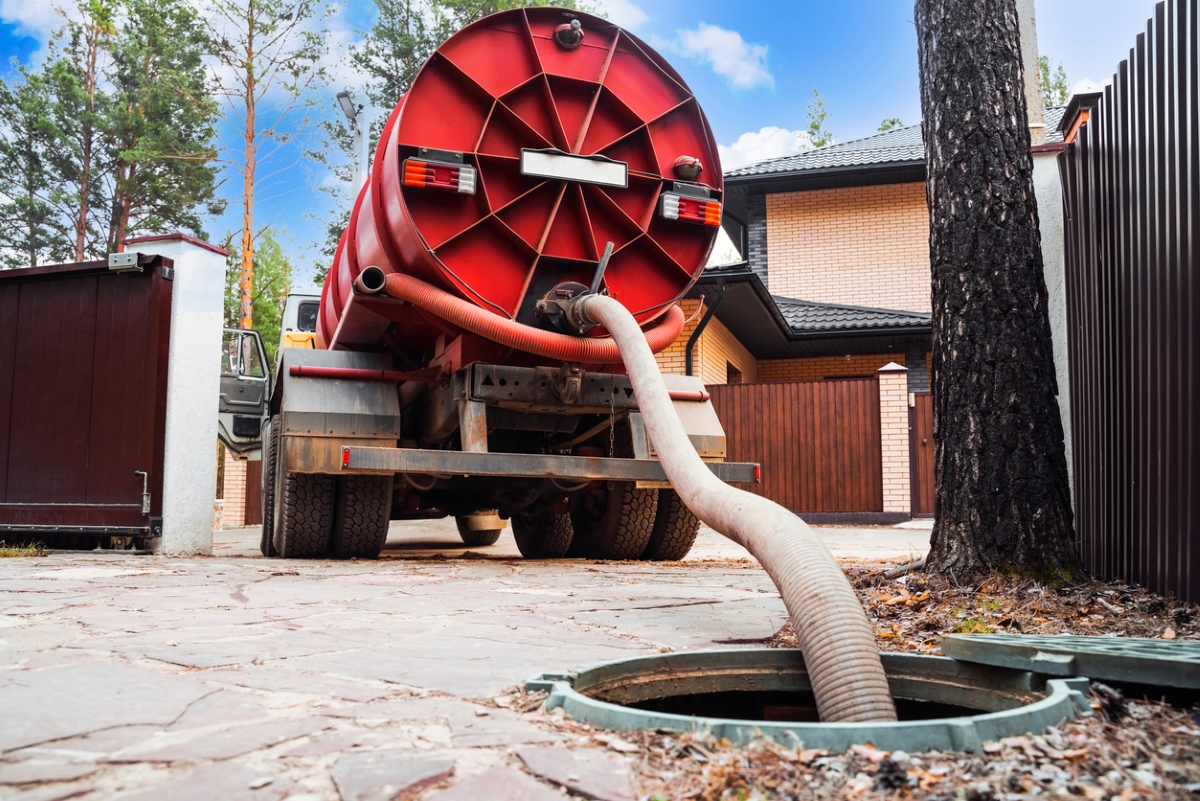
Of all of the tasks on your home-maintenance to-do list, this is one of the more unpleasant. But waste removal isn’t just gross—working on a septic tank requires specific equipment, as well as permits to dispose of the waste properly. The only do-it-yourself step you need to take with this task is to pick up the phone and call a professional.
6. Wrangle Wildlife

Has a rodent taken up residence in your rafters? Before confronting the menace yourself, realize this: Some species, such as raccoons, skunks, and bats, are prone to carry rabies, and you may have to answer to the law if they are harmed, or trapped and relocated, without the help of a pro. Don’t risk infection; contact a wildlife-control company instead. These licensed professionals will remove the animals, secure the openings, clean out nests, and eliminate waste. Don’t be your own critter ridder. It’s simply not worth risking your safety.
7. Knock Out a Wall
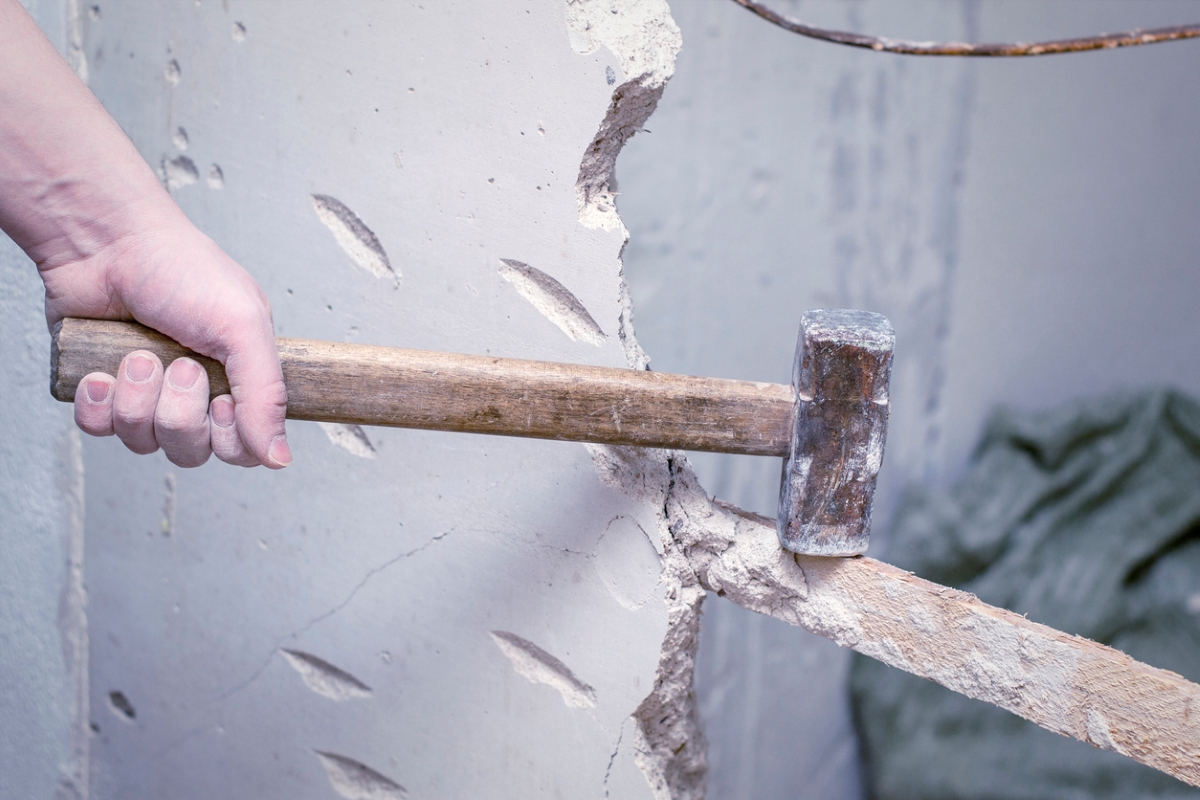
If you’re thinking about transforming your home’s closed-in layout to an open floor plan, removing a wall may well be part of the process. Our advice? Always think twice before swinging a sledgehammer. Never take out a load-bearing wall on your own, as there are safety issues—and possible building code violations—to consider. Some cities require removal permits if the wall you want to take down is structural. Consult an engineer or a contractor before you do anything, or you could do major damage to the integrity of your house.
8. Tinker With Light Fixtures
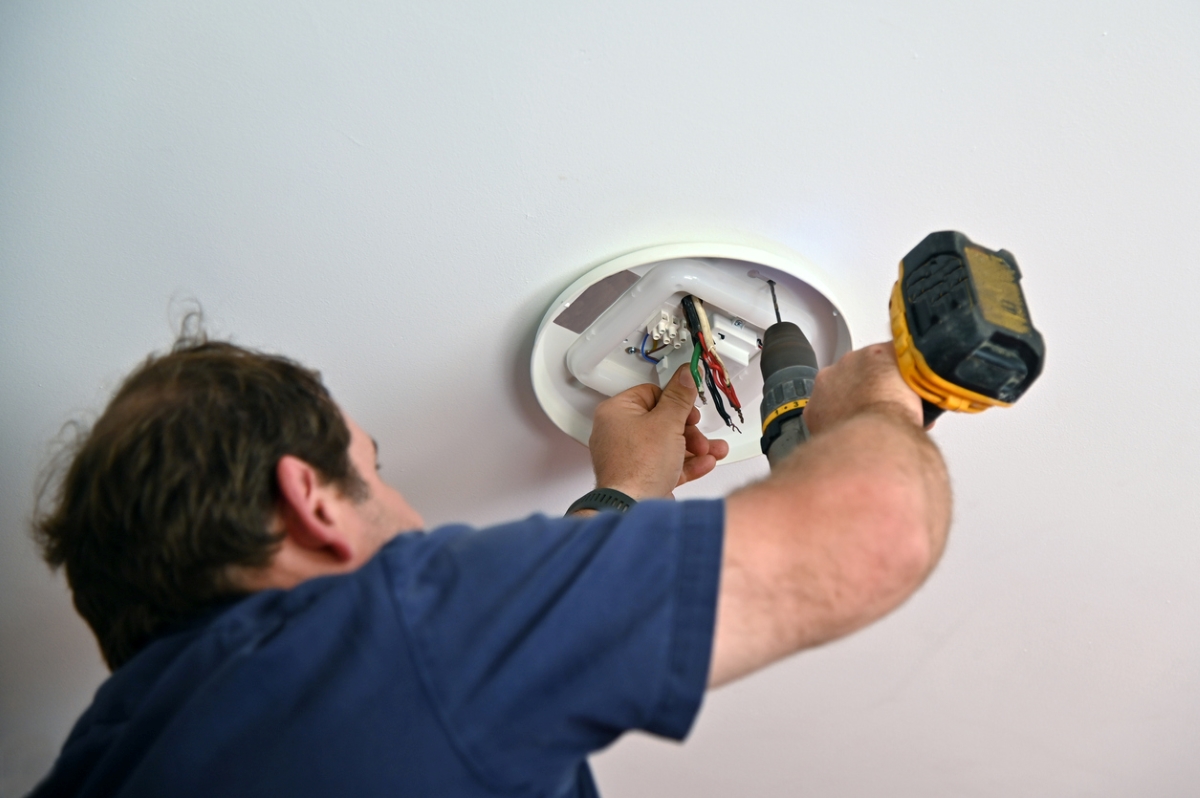
If you’re looking to replace or add light fixtures that will affect the electrical wiring, it’s better to call in an electrician than to have a go at it yourself. If you don’t obtain the proper permits or don’t have the fixture installed by a professional, the insurance company has grounds to deny your claim in the event of a house fire—and faulty wiring is one of the leading causes of residential fires.
9. Install a Skylight
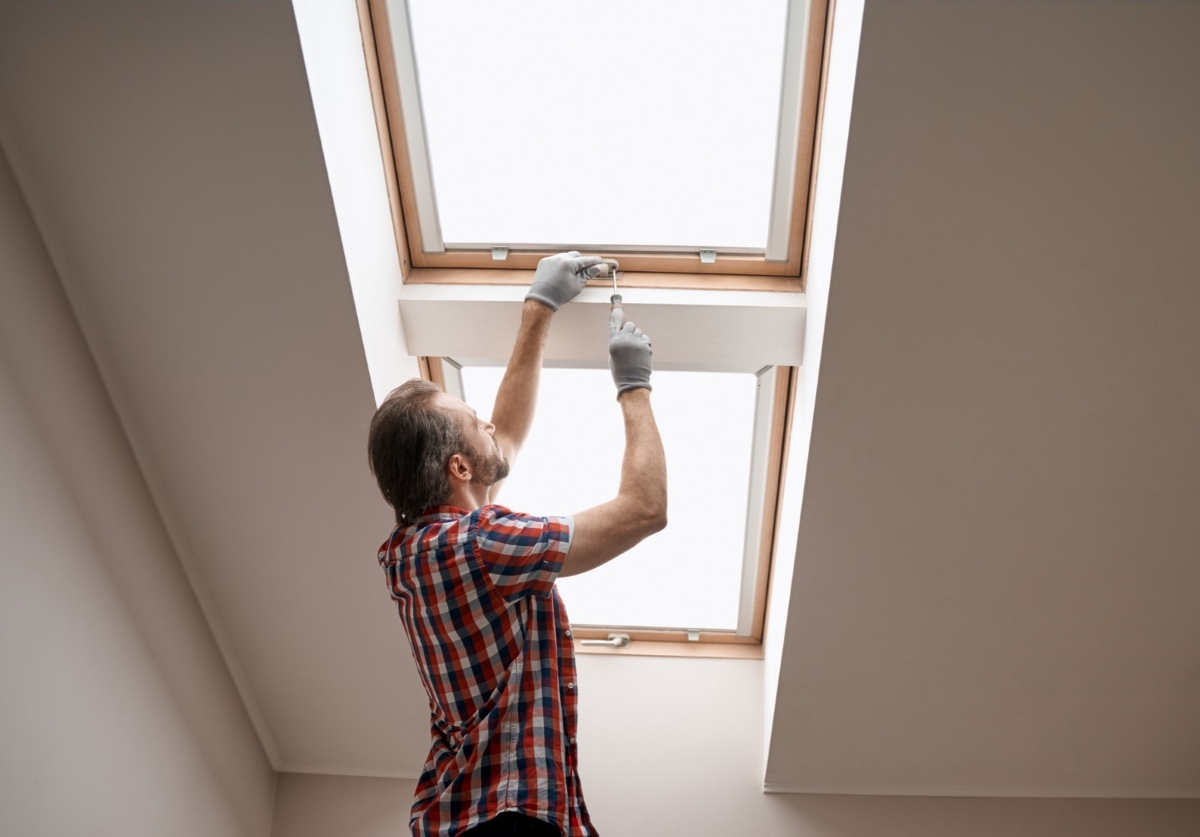
Installing a skylight requires cutting a hole, installing a frame, and fitting a window into the roof of a home. If this project isn’t completed by a pro who will follow the manufacturer’s instructions to the letter, the skylight’s warranty may be voided. And need we remind you that a portion of the installation would take place on a roof? Let the pros climb the high ladders. You’d need a skylight installer’s experience and a window company’s specialized tools and expertise to get the job done safely and effectively, anyway.
10. Remove Lead-Based Paint
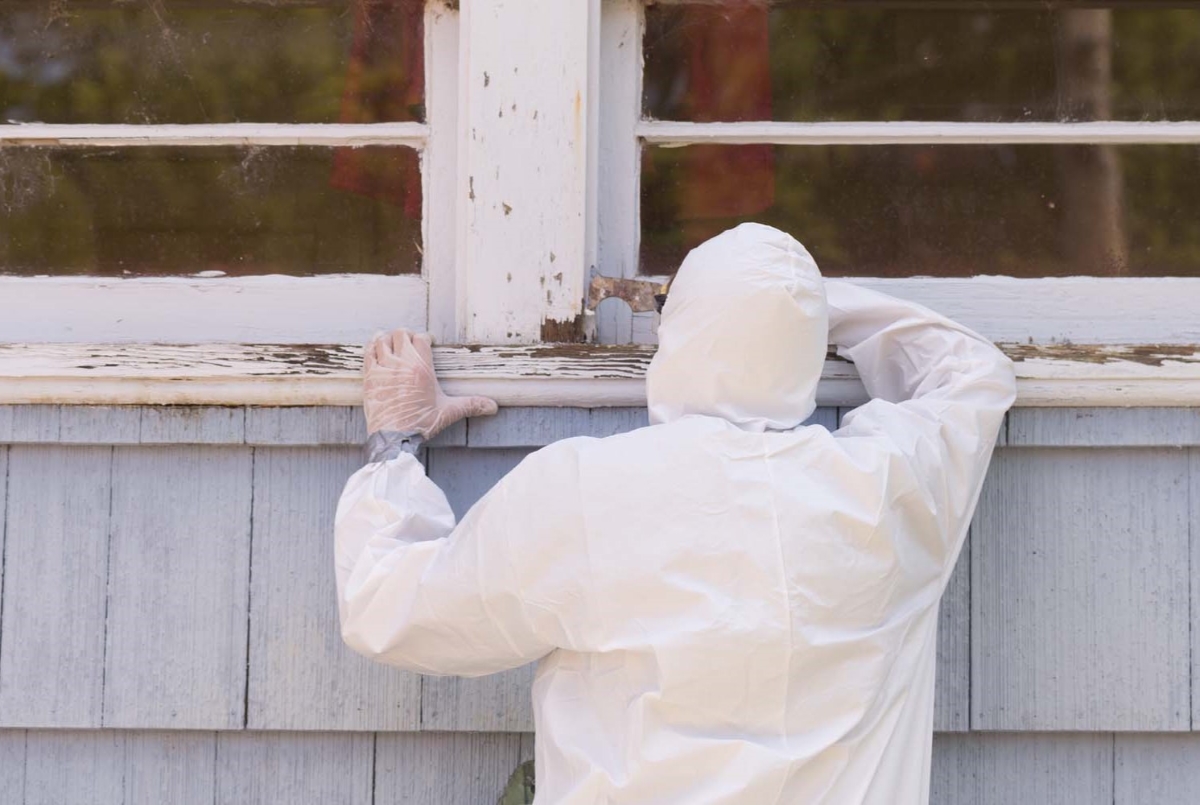
Owning an antique farmhouse may seem like a dream, but removing the lead paint could be a nightmare. Seventy-five percent of homes built before 1978 may contain lead-based paint, which is a serious problem for even experienced professionals. Lead is deadly, which is why you should never, under any circumstances, try to remove lead paint yourself. It’s better to call a qualified specialist than to risk your life to save a few bucks.
11. Cut Down a Large Tree
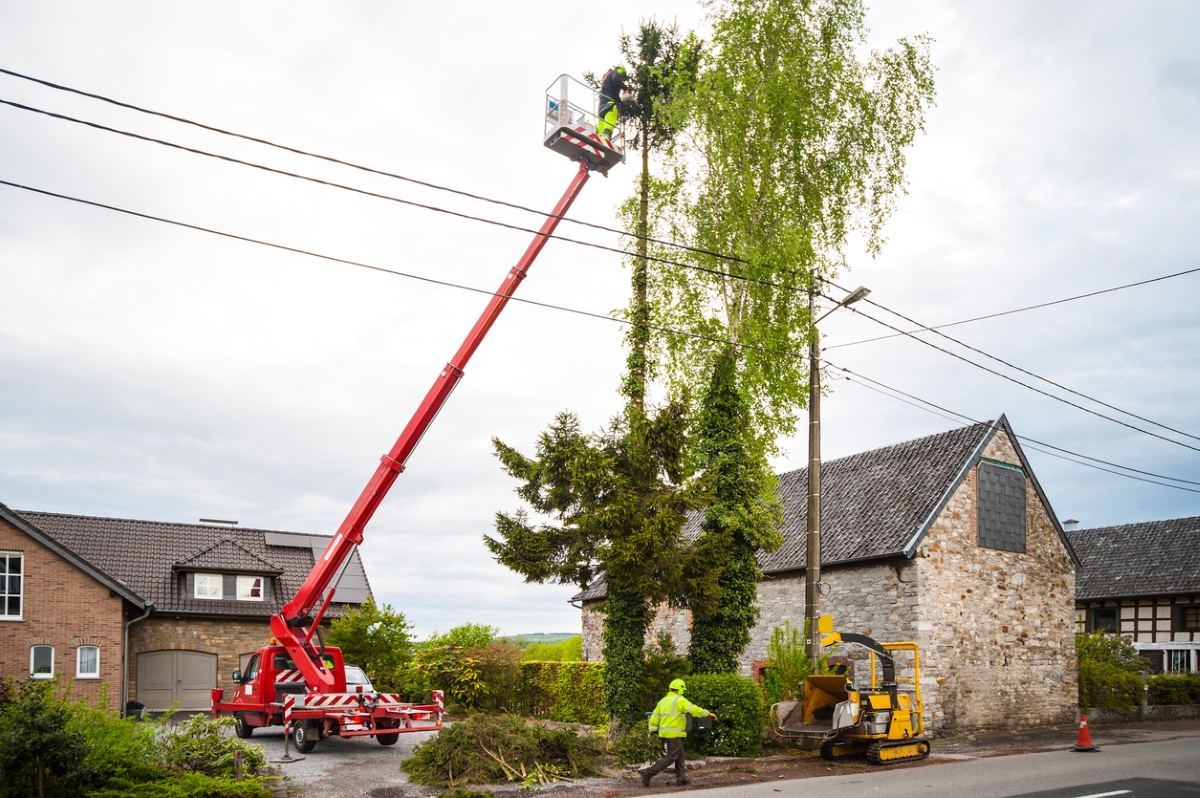
When a large tree needs to be cut down, resist the urge to channel your inner lumberjack. Leave major tree removal to a certified arborist who is familiar with city ordinances and carries ample liability insurance to cover hazards or accidents. Without an experienced professional handling the job, a tree could land where it wasn’t intended to and cause serious injury or property damage.
12. Replace a Garage Door Spring
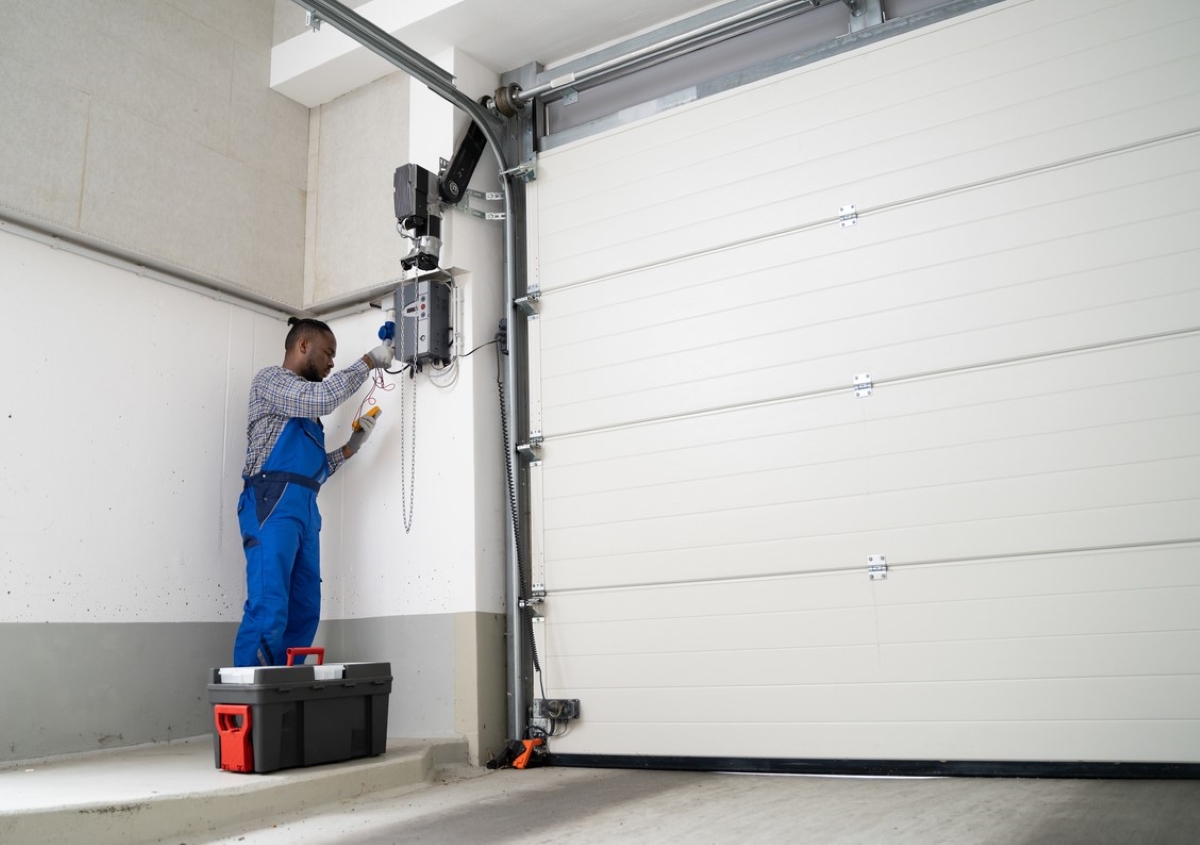
Over time, garage door springs lose their tension and need to be replaced. Since the first and final steps require releasing and returning the tension to the spring, one misstep can cause the spring to go hurtling toward your body, resulting in serious, even fatal injury. Always call a garage door installation specialist to take care of the spring replacement.
13. Take Out Termites
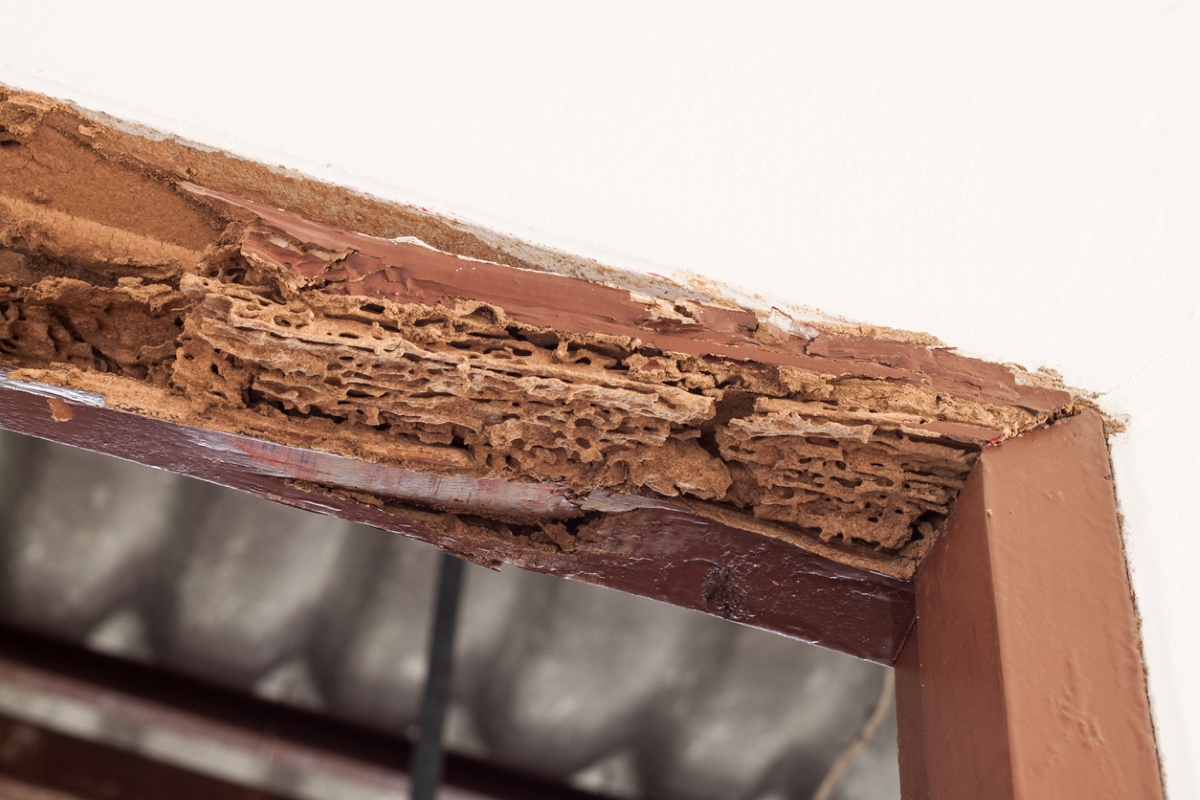
Termite problems cost property owners more than $5 billion a year. Damage the insects do to your home may not be covered by your insurance company and a widespread infestation cannot be fought with store-bought solutions. DIY-ing this problem will not get you far. Instead, act fast and call an exterminator who has access to the most potent products, which are available only to professionals.
14. Alter Bathroom Plumbing

While replacing a toilet or sink is something most experienced DIYers can successfully take on, if the installation requires any changes to the plumbing lines, it’s best to hire a plumber. Permits are usually required to make changes to the layout of bathroom fixtures, and it’s important to make sure the new plumbing connections are done right. Not only can an altered bathroom become a problem for a future house sale, but toxic odors and drainage issues triggered by a botched job could make the bathroom unsafe to use.
15. Demolish a Shed
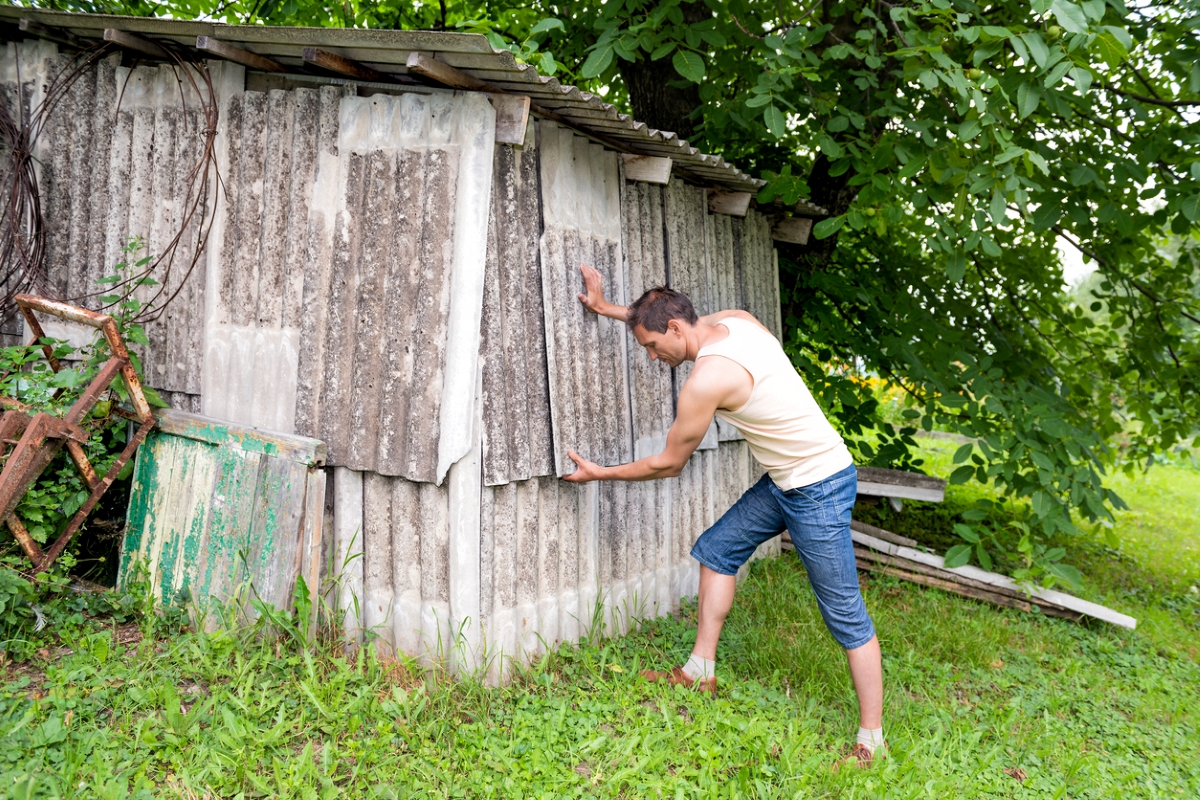
Just because you own a property, it doesn’t mean you are legally able to demolish any structures on it. Before taking down a detached structure like a shed, check with the local building code official to find out if you need a demolition permit. For larger sheds that have plumbing and electrical running to them, even more steps are required to safely demolish them.
16. Build a Deck
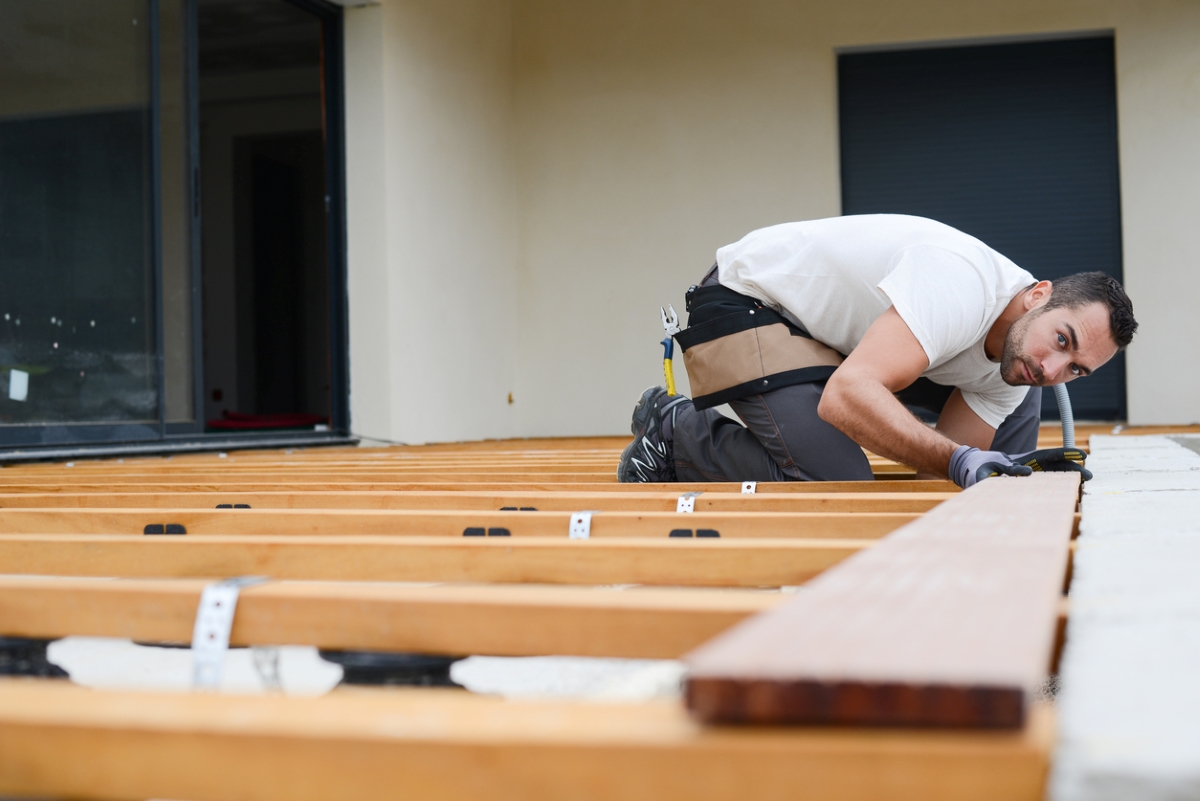
Building a deck sounds like a project many handy homeowners could DIY, but not without a lot of structural planning, a permit, and inspections. The local building code office will review the deck plans, visit the site to inspect the footings and framing, and then return to inspect the completed deck. Keep in mind that any structure that will be attached to a home or is more than 30 inches tall needs a permit.


